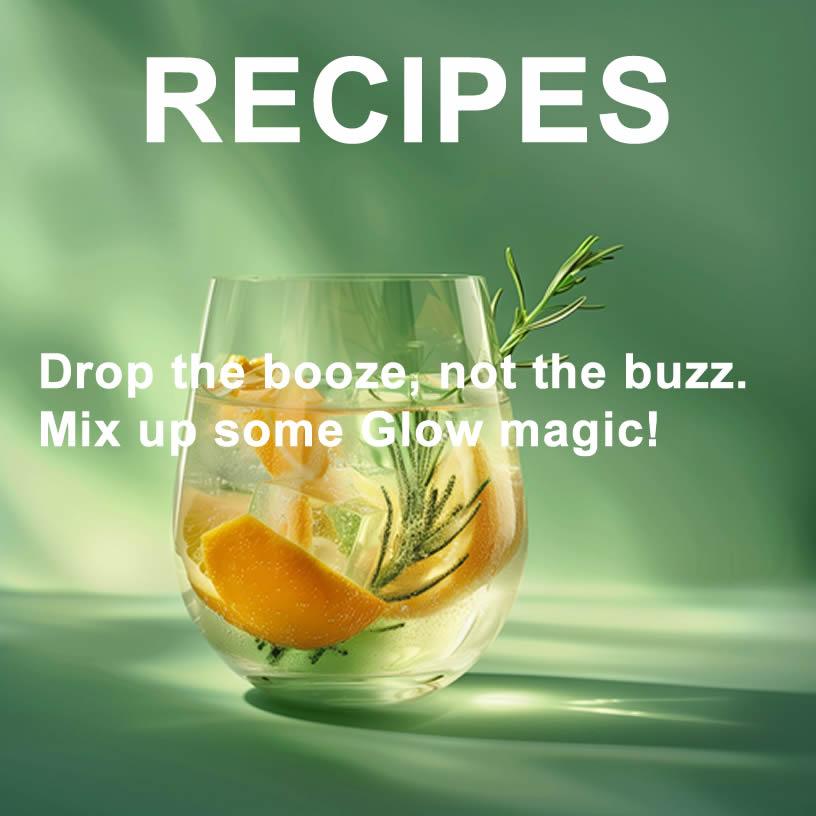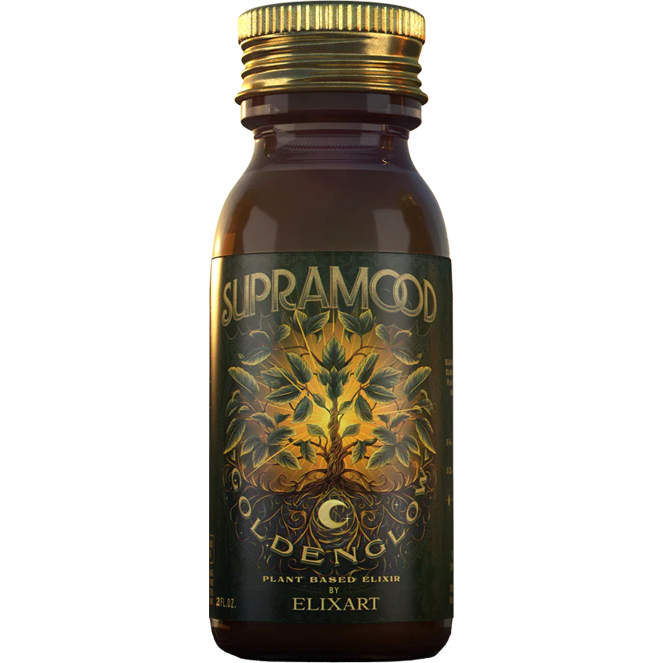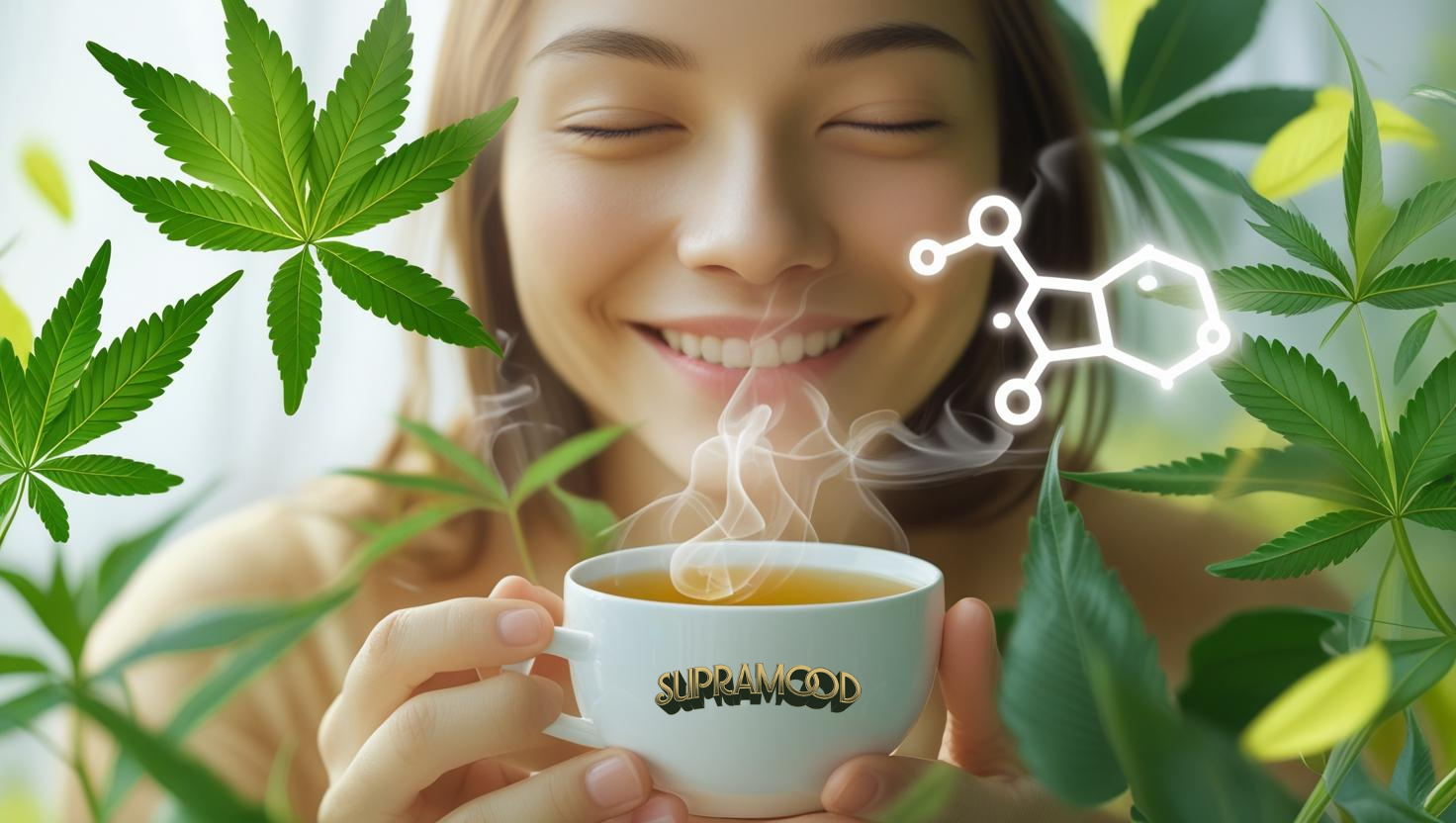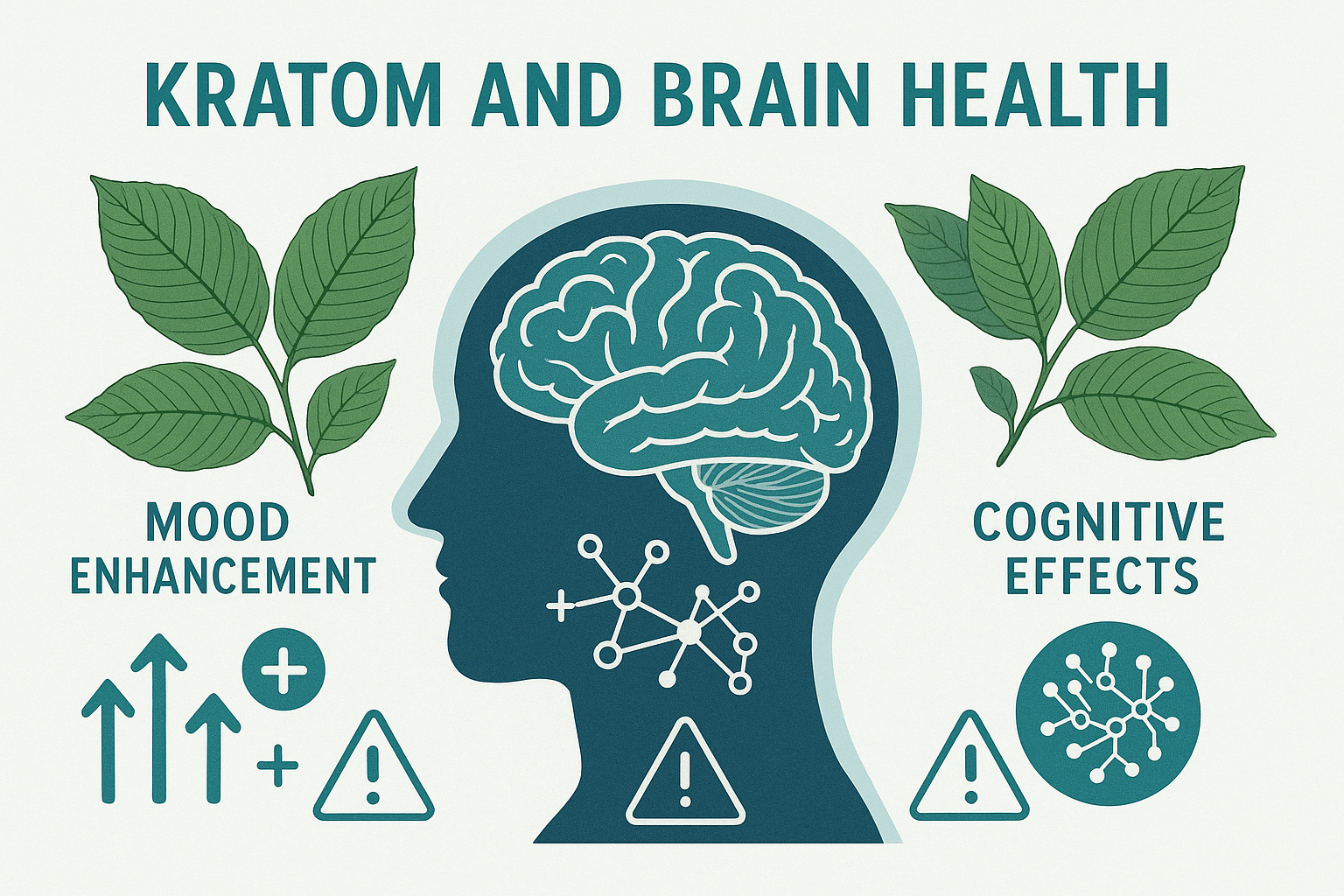Table of Contents
- Introduction to Kratom
- What Are the Different Types of Kratom?
- Does Kratom Release Dopamine?
- How Strong Is Kratom Compared to Morphine?
- Conclusion
- FAQs
Introduction to Kratom
Imagine sipping a warm tea that helps calm your nerves, elevate your mood, or energize your body, depending on the type. Welcome to the world of kratom, a tropical tree with rising popularity in the wellness and alternative medicine communities. From wellness enthusiasts to individuals seeking natural alternatives to pharmaceutical drugs, kratom has become a hot topic. But with this growing attention comes a wave of curiosity and concern.
If you've found yourself wondering what kratom is, what is kratom tea, or even what is kratom similar to, you’re not alone. Today, we’ll unravel everything from its origins and types to its role in dopamine release and mood enhancement.
Key Takeaways
- Kratom is a Southeast Asian plant known for its pain-relieving, energizing, and mood-enhancing effects.
- It affects the brain’s receptors, possibly influencing dopamine levels.
- Different strains offer unique effects: White for energy, Red for calm, Green for balance.
- Kratom is not as potent as morphine but has comparable properties in high doses.
- Safety, dosage, and legality vary and must be considered.
What Is Kratom?
Kratom, scientifically known as Mitragyna speciosa, is a tropical tree native to countries like Thailand, Malaysia, and Indonesia. For centuries, local communities have chewed their leaves or brewed them into teas to boost energy, alleviate pain, and improve mood.
In recent years, kratom has made its way into global conversations, particularly in the U.S., as an herbal supplement sold in head shops, wellness stores, and online. But it’s important to note: kratom’s legal status differs from place to place. Some states and countries ban it, while others allow its use with little restriction.
At its core, kratom is both ancient and modern, a traditional remedy now scrutinized through the lens of modern science.
What Is the Street Name for Kratom?
Kratom goes by several street names, depending on the context and region. Some of the most common ones include:
Thang, Kakuam, Thom, Ketum, Biak
These names often reflect regional dialects or usage within specific communities. While some use kratom for recreational purposes, others rely on it for wellness, anxiety, or pain management.
What Is Kratom Similar To?
Let’s tackle a common question: What is kratom similar to? The answer is layered.
Opioids:
Kratom binds to the same mu-opioid receptors as morphine or codeine, but in a less intense way. At high doses, users often report sedation or euphoria, making it seem opioid-like.
Coffee:
Surprisingly, kratom and coffee are botanical cousins, both members of the Rubiaceae family. Low doses of kratom can act as a stimulant, much like a strong cup of espresso.
CBD:
For people seeking anxiety relief, kratom can feel like a more stimulating or sedative version of CBD, depending on the strain.
What Is Kratom Powder?
Kratom powder is simply the ground form of dried kratom leaves. It's the most versatile form and the most widely available.
How do people take it?
Toss and Wash:
A quick but bitter method.
Capsules:
Tasteless but slower acting.
Smoothies or Juices:
Makes consumption easier and tastier.
Powder allows for precise dosing, which is crucial when using kratom responsibly.
What Is Kratom Tea, and Is It Safe?
Kratom tea involves steeping the leaves or powder in hot water. The result? A gentler, smoother onset of effects.
Benefits:
Easier on the stomach.
Slower, more sustained release.
Calming ritual-like preparation.
Safety Tips:
Avoid sweetened commercial versions with additives.
Stay within 2–5 grams per dose for beginners.
Not recommended for pregnant or breastfeeding women or individuals with liver/kidney conditions.
Types of Kratom: What Are the Different Types of Kratom?
Let’s break down the different types of kratom, each with its own unique personality:
Red Vein Kratom: Sedating and pain-relieving. Ideal for sleep and relaxation.
Green Vein Kratom:
Balanced, offering mild energy and anxiety relief.
White Vein Kratom:
Best for energy, focus, and stamina.
Yellow/Gold Kratom:
A fermented or blended version, offering moderate effects perfect for kratom newbies.
Each type varies not just by color but also by origin, drying methods, and alkaloid content.
Which Is the Best Kratom for Energy?
If you’re looking to replace that third cup of coffee, White Vein Kratom could be your new best friend.
White Maeng Da:
A strong and fast-acting variety known for mental alertness and focus.
White Borneo:
Offers a clean, sustained energy boost without jitteriness.
These strains are best taken in the morning or early afternoon. They support productivity, mental clarity, and even physical endurance, making them ideal for busy professionals or gym-goers.
What Is the Most Calming Kratom?
On the flip side, if your goal is to relax after a long day or cope with anxiety, Red Vein Kratom is your go-to.
Red Bali:
Offers a smooth, relaxing effect perfect for evening use.
Red Borneo:
Known for its sedative and mood-enhancing properties.
These strains help with muscle relaxation, sleep support, and general stress relief. They're often chosen by people struggling with insomnia, anxiety, or chronic pain.
What Type of Kratom Is Best for Anxiety?
If your anxiety is taking over your life, Green Vein Kratom might strike the right balance.
Green Malay:
Mildly stimulating with long-lasting effects that help elevate mood and calm nerves.
Green Maeng Da:
Known for its balance between focus and relaxation.
Green strains are especially beneficial for social anxiety and work-related stress. They keep you alert but not anxious, present but not overwhelmed.
Does Kratom Release Dopamine?
Now, the big question: Does kratom boost dopamine?
The science here is still evolving, but here’s what we know. Kratom’s active compounds, primarily mitragynine and 7-hydroxymitragynine, interact with the brain’s mu-opioid receptors. These receptors play a role in pain relief and pleasure, indirectly influencing dopamine levels.
Kratom isn’t a direct dopamine agonist like certain prescription drugs, but it may encourage dopamine release by reducing pain and stress, two big dopamine blockers. So while you won't get a dopamine "flood" like you would from addictive substances, users often report improved mood, motivation, and emotional balance.
How Strong Is Kratom Compared to Morphine?
Let’s set the record straight: Kratom is not as strong as morphine. However, at higher doses, it can produce similar effects like pain relief, sedation, and even euphoria.
Its two main compounds, mitragynine and 7-hydroxymitragynine, are responsible for these effects. The latter is particularly potent and is often compared to opioid-level efficacy.
But here’s the catch, kratom is also less likely to cause respiratory depression, a major cause of death in opioid overdoses. Still, it’s not risk-free. High doses or chronic use can lead to dependency, so always approach with caution.
Conclusion
Kratom is a fascinating, complex botanical that continues to intrigue researchers, wellness seekers, and medical professionals. From its potential to elevate mood and boost energy to its role in relaxation and anxiety relief, kratom offers diverse benefits depending on the type and dosage.
Still, it’s not a cure-all. Understanding what is Kratom, how it works, and how it affects dopamine can empower you to make informed decisions, whether you're sipping kratom tea or exploring different strains.
If you’re considering kratom, consult a healthcare provider and always start with a low dose. Like any substance that interacts with brain chemistry, responsible use is key.
Frequently Asked Questions (FAQs)
What is a kratom high like?
A mild sense of euphoria, relaxation, and heightened focus, depending on the strain and dosage.
How many Americans use kratom?
An estimated 10 - 15 million Americans have tried kratom, with many using it for pain or mood support.
Is kratom a sedative or stimulant?
It depends on the dose and strain-low doses can be stimulating; high doses are sedative.
Is kratom the same as morphine?
No, but it acts on similar receptors in the brain. Its effects are milder and less addictive.
Which kratom strain is best for evening use?
Red Bali or Red Borneo-ideal for winding down.
Which kratom is best for managing stress at work?
Green Malay or Green Maeng Da offers a calm focus.
What kratom strain is best for sleep support?
Red Vein strains, especially Red Bali, are most effective.
What Is Red Vein Kratom Best For?
Pain relief, deep relaxation, and sleep.
What Does Green Vein Kratom Do?
Provides balanced energy and anxiety relief.
What Is Yellow or Gold Kratom?
A fermented or blended strain that offers moderate, beginner-friendly effects.
Which Kratom Type Is Best for Pain Relief?
Red Vein Kratom, especially Red Maeng Da and Red Borneo.







Leave a comment
All comments are moderated before being published.
This site is protected by hCaptcha and the hCaptcha Privacy Policy and Terms of Service apply.